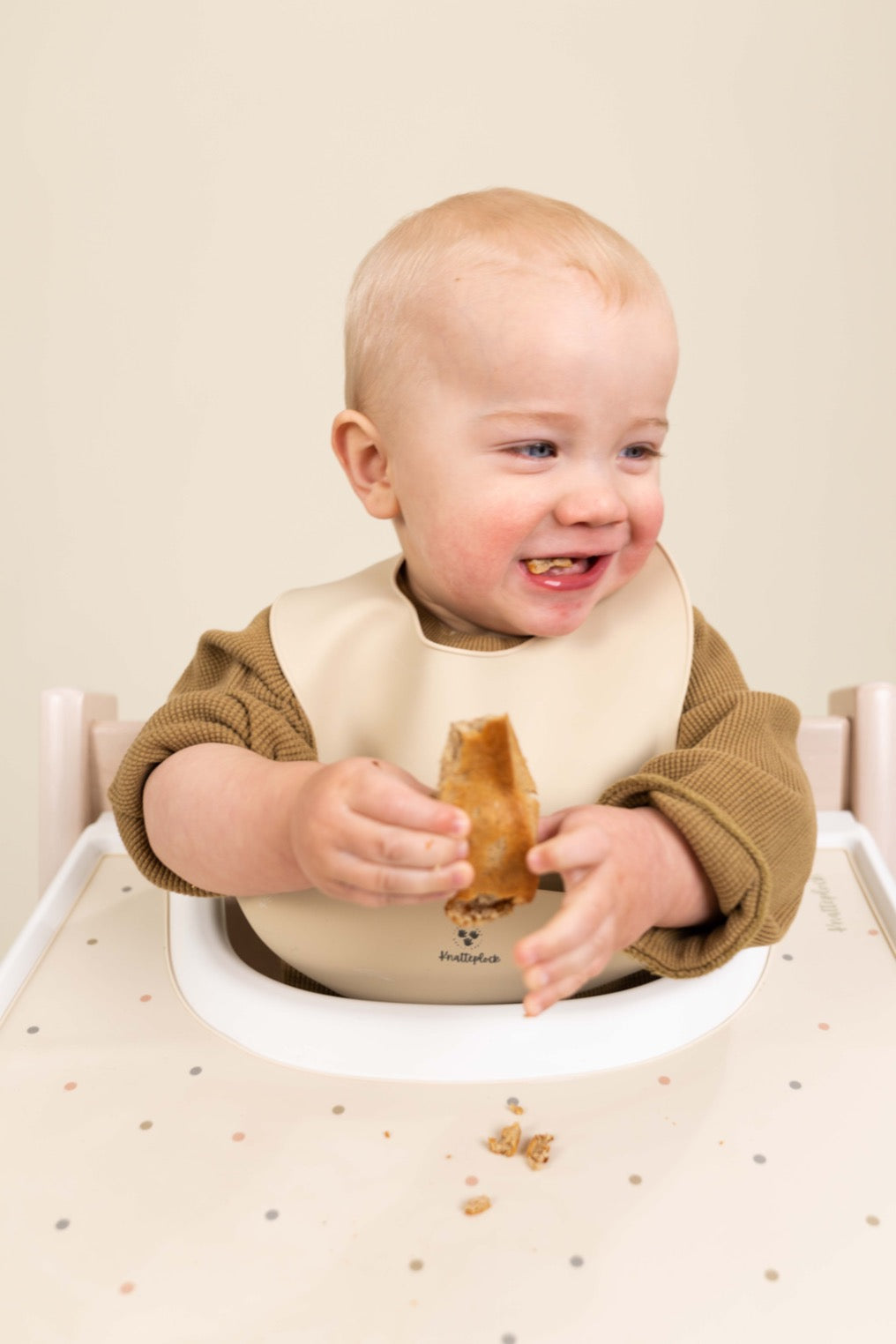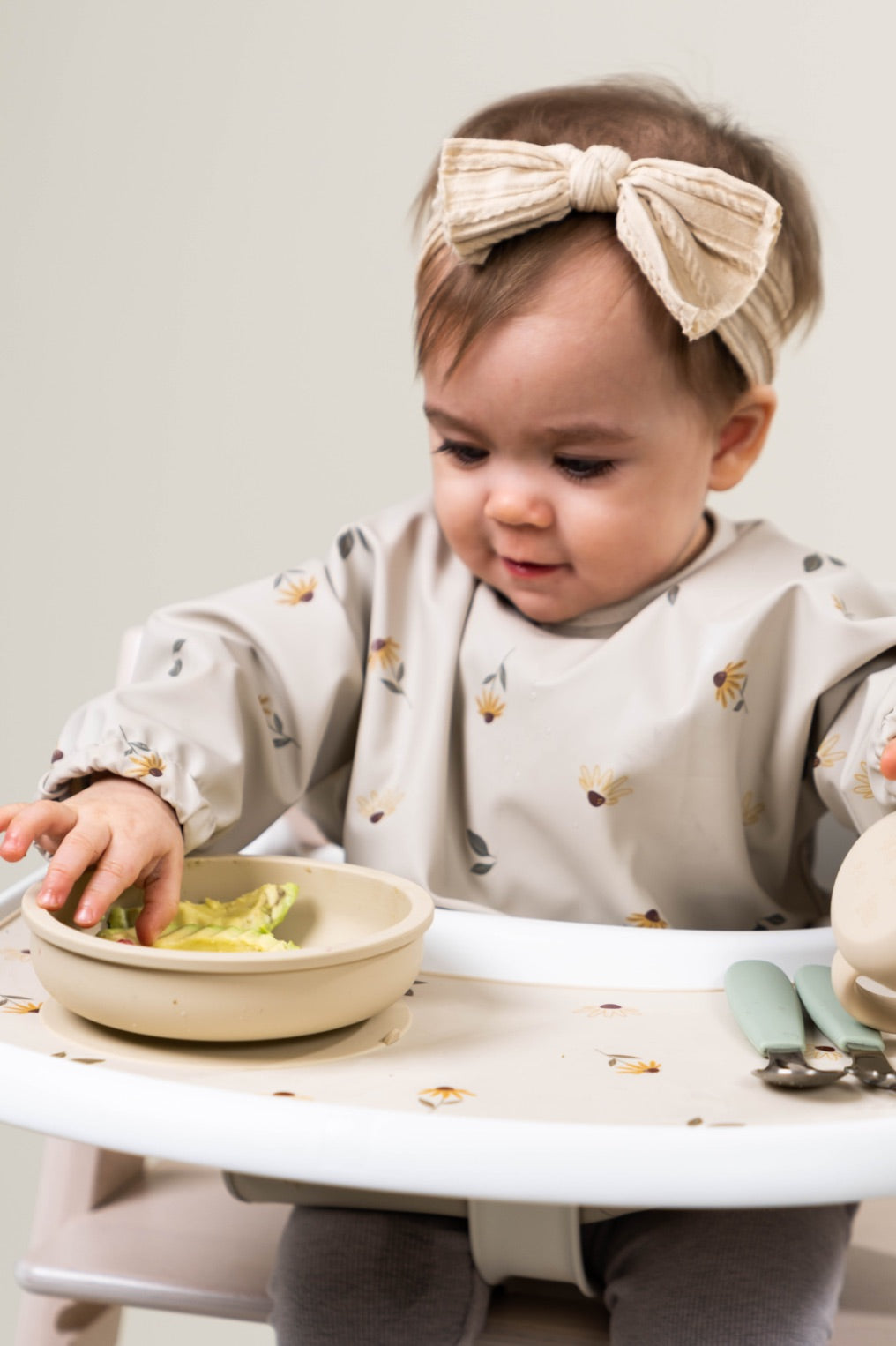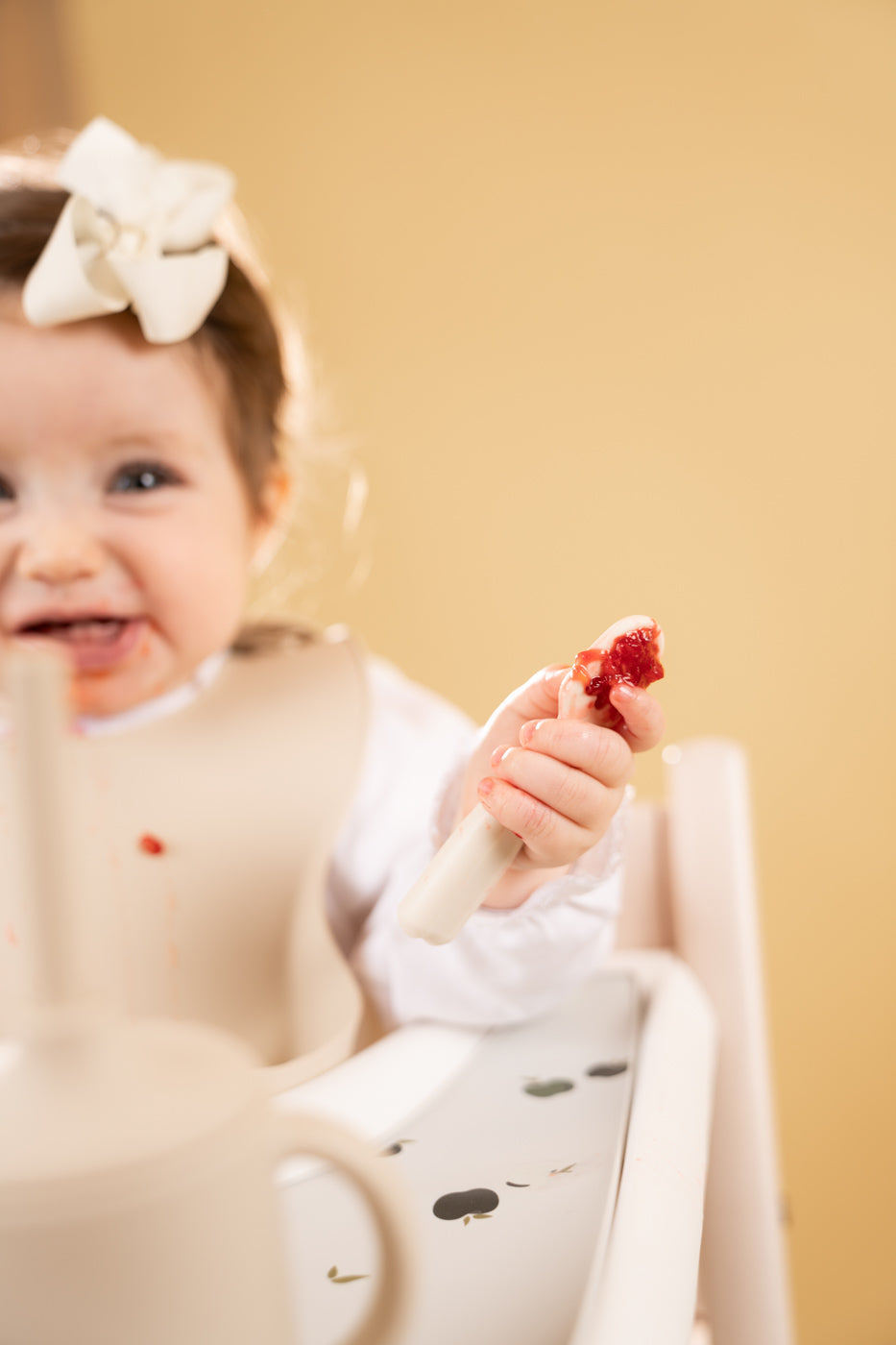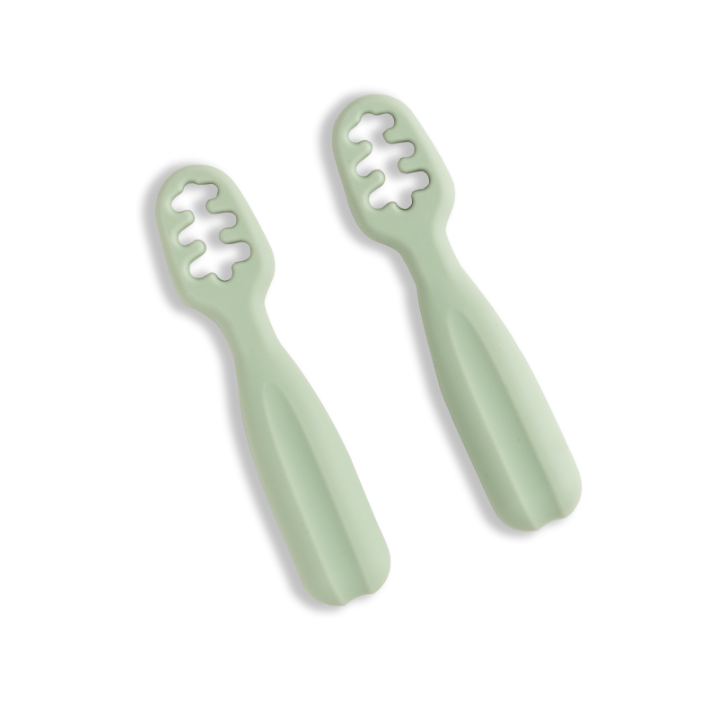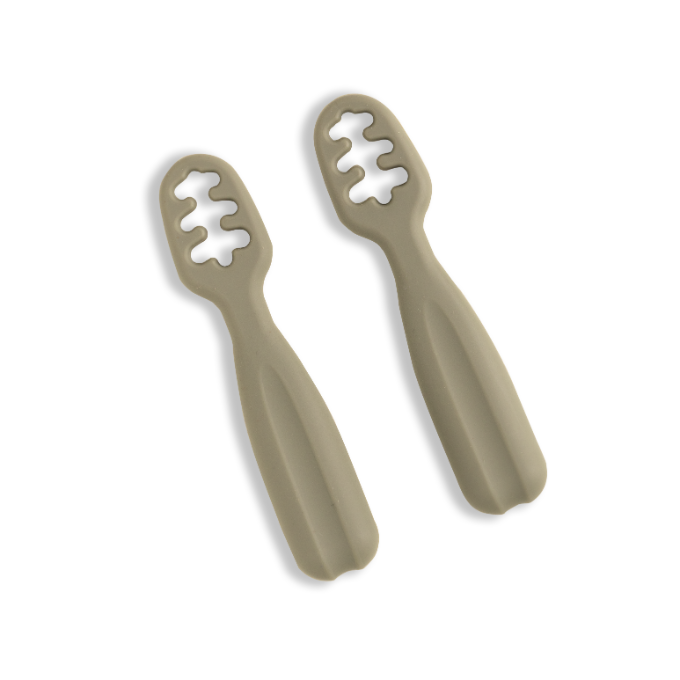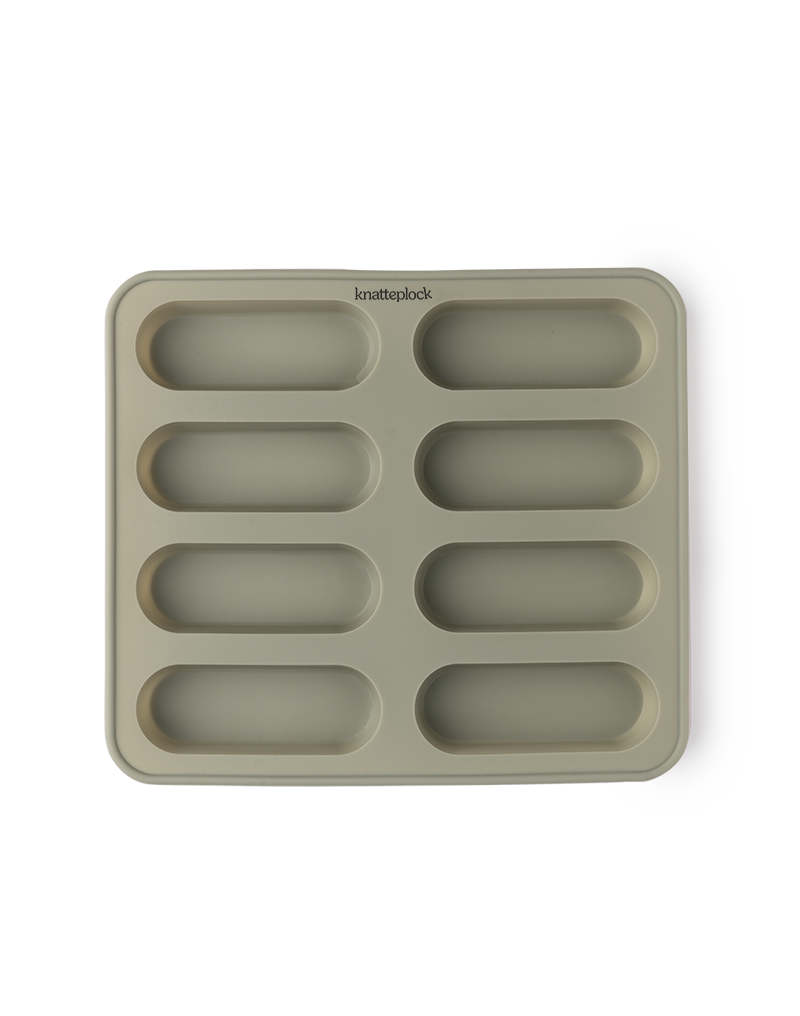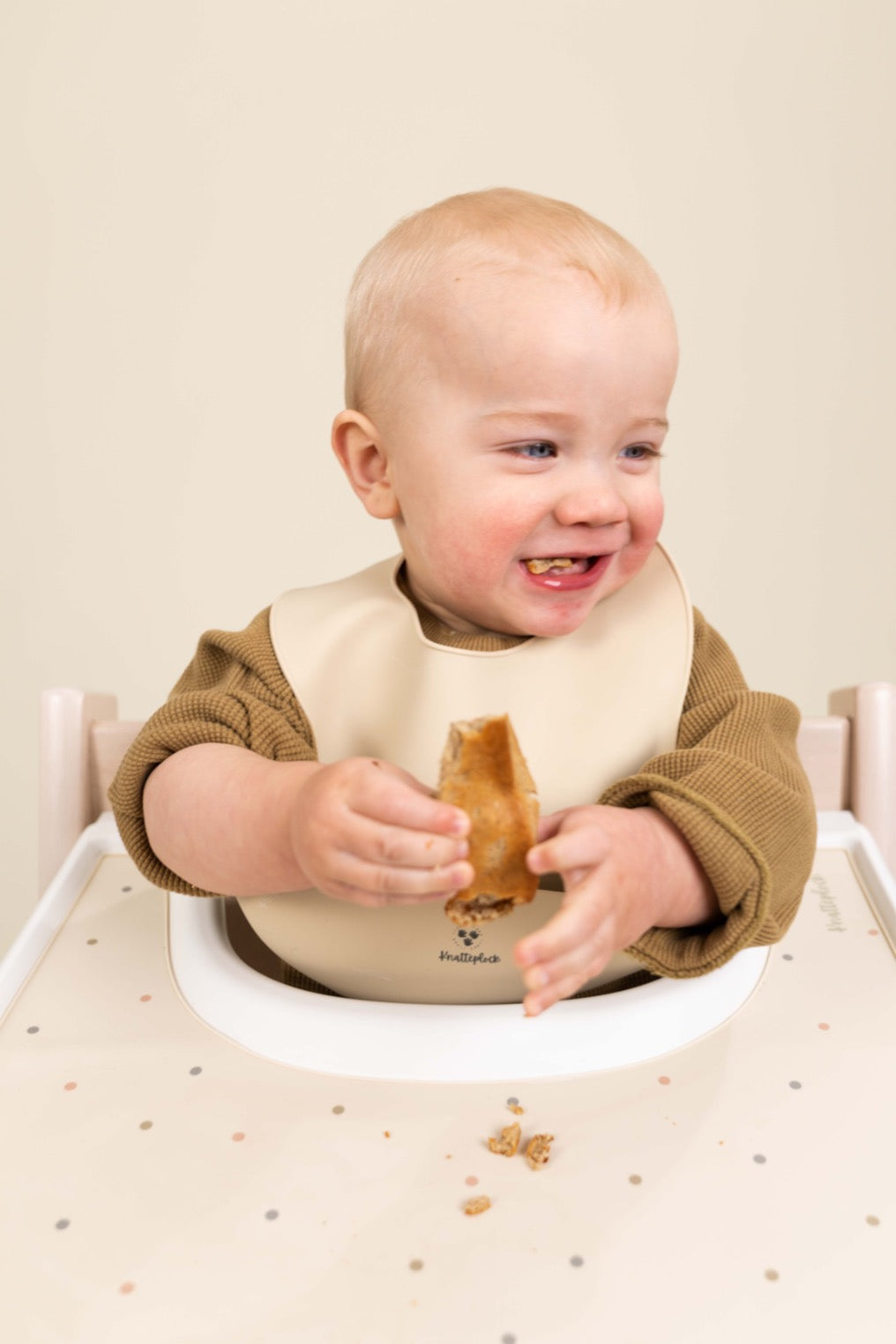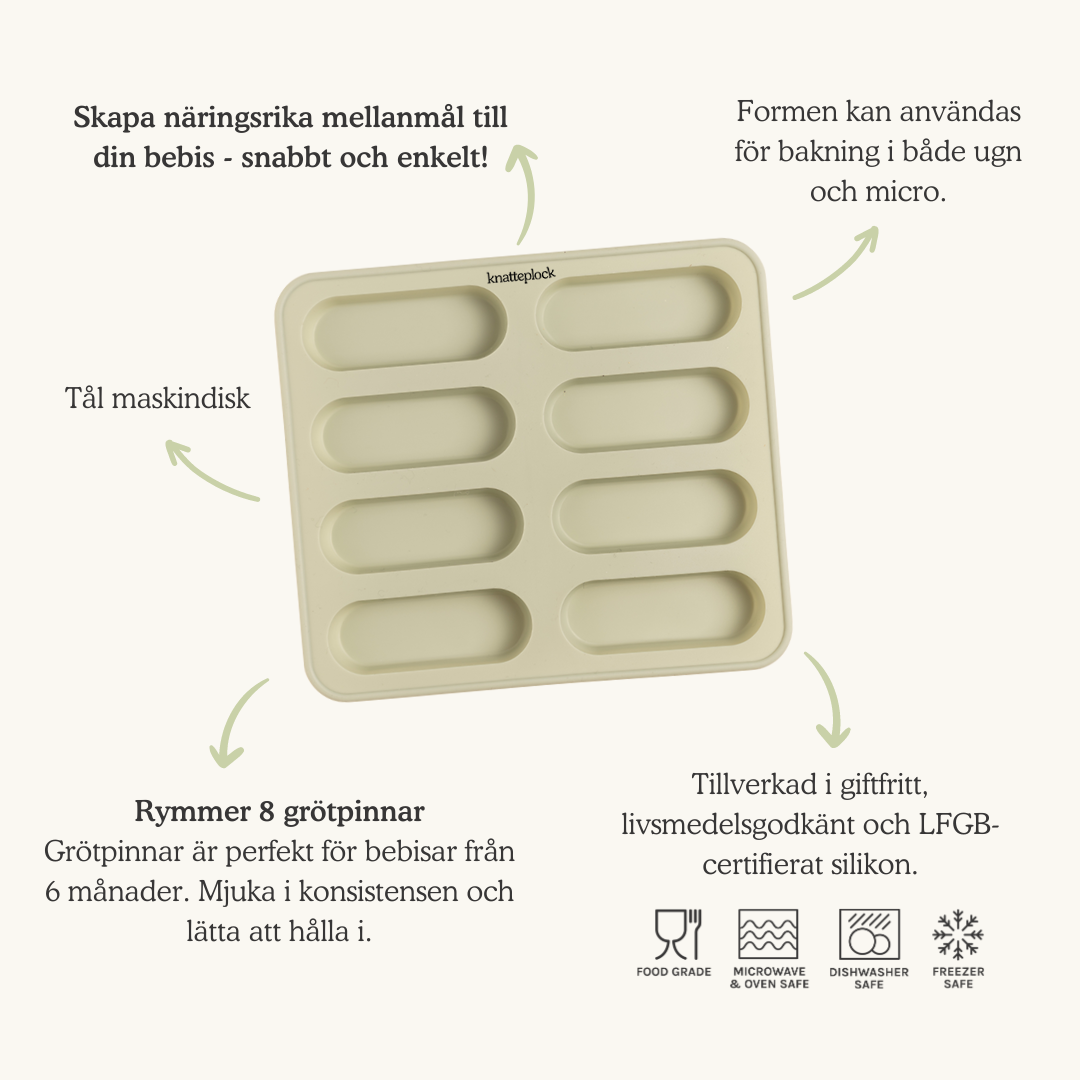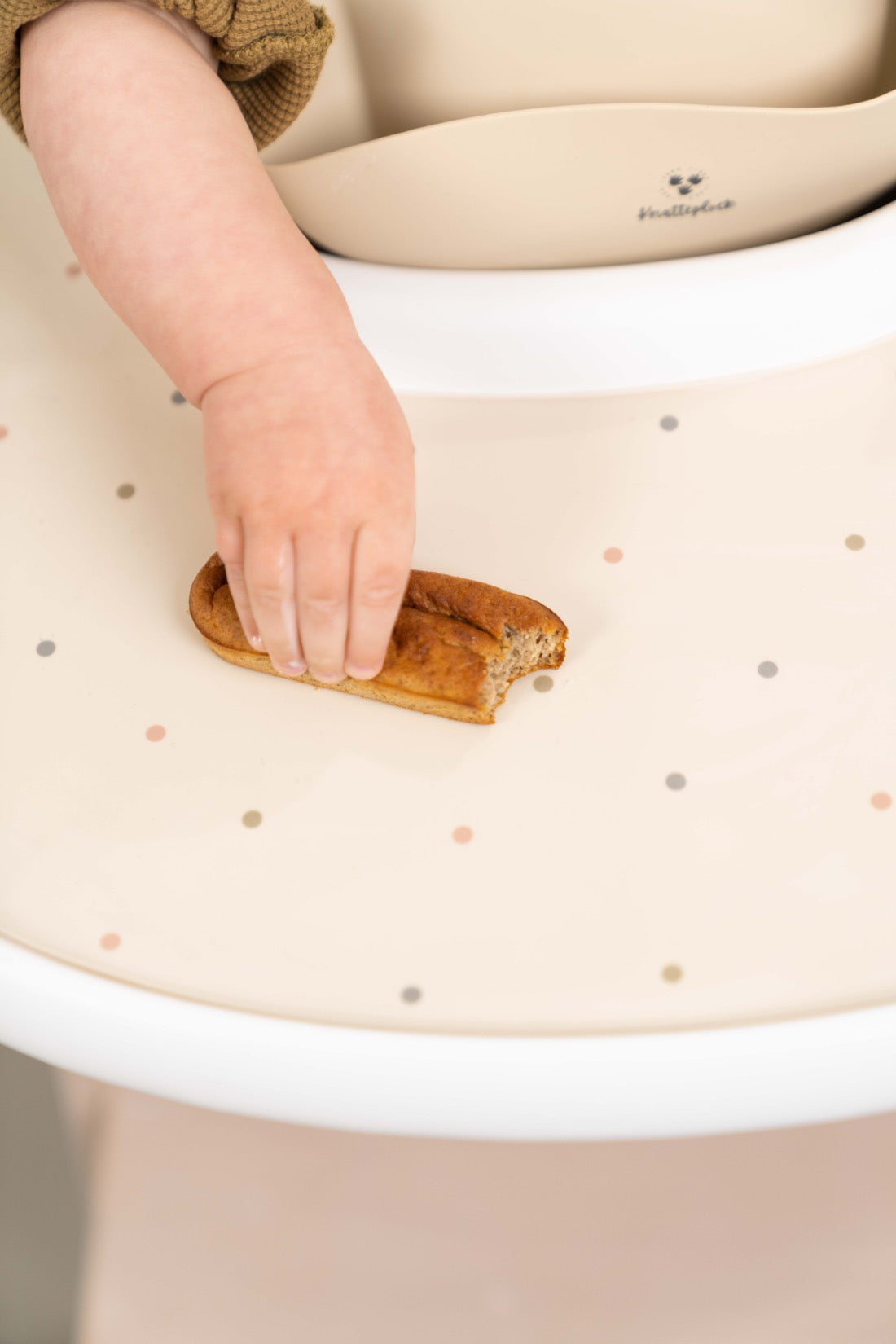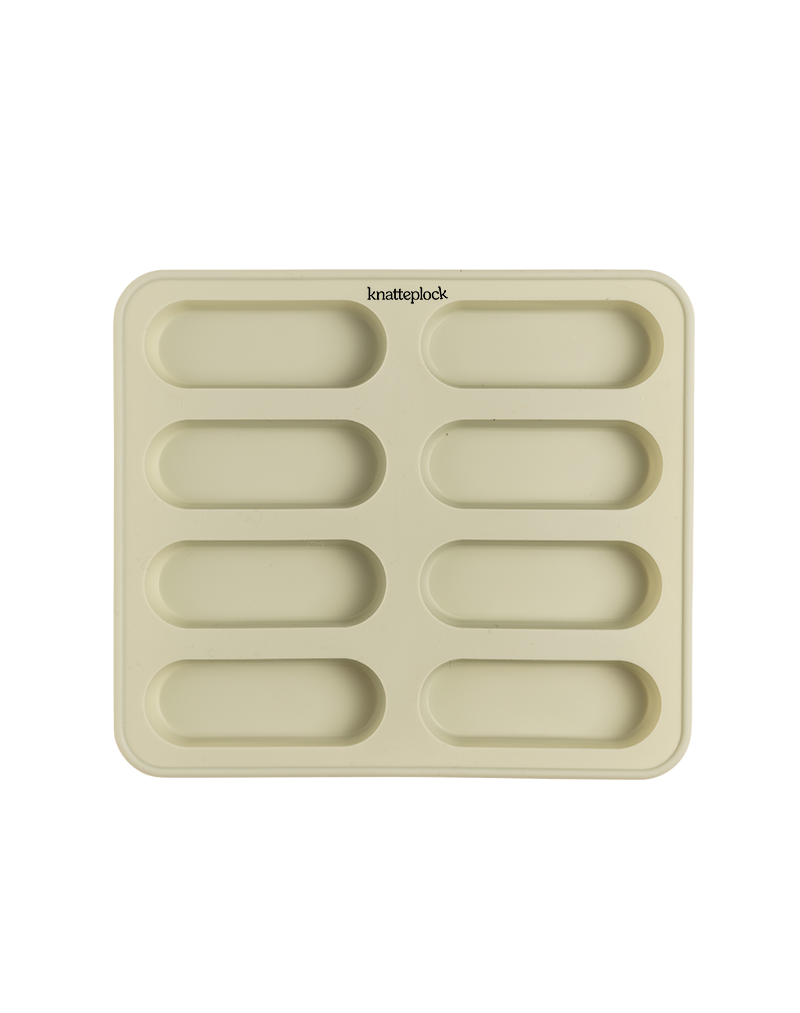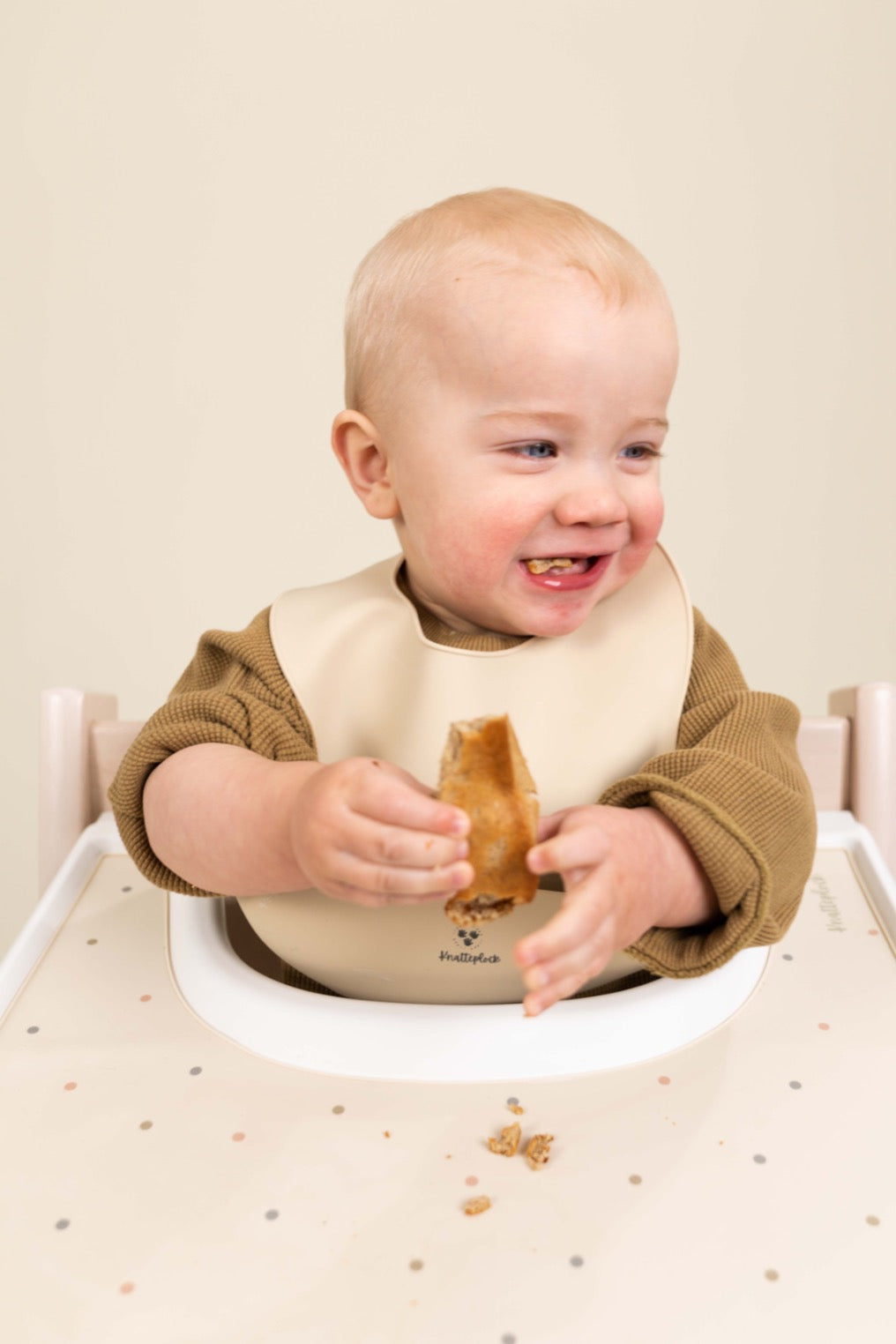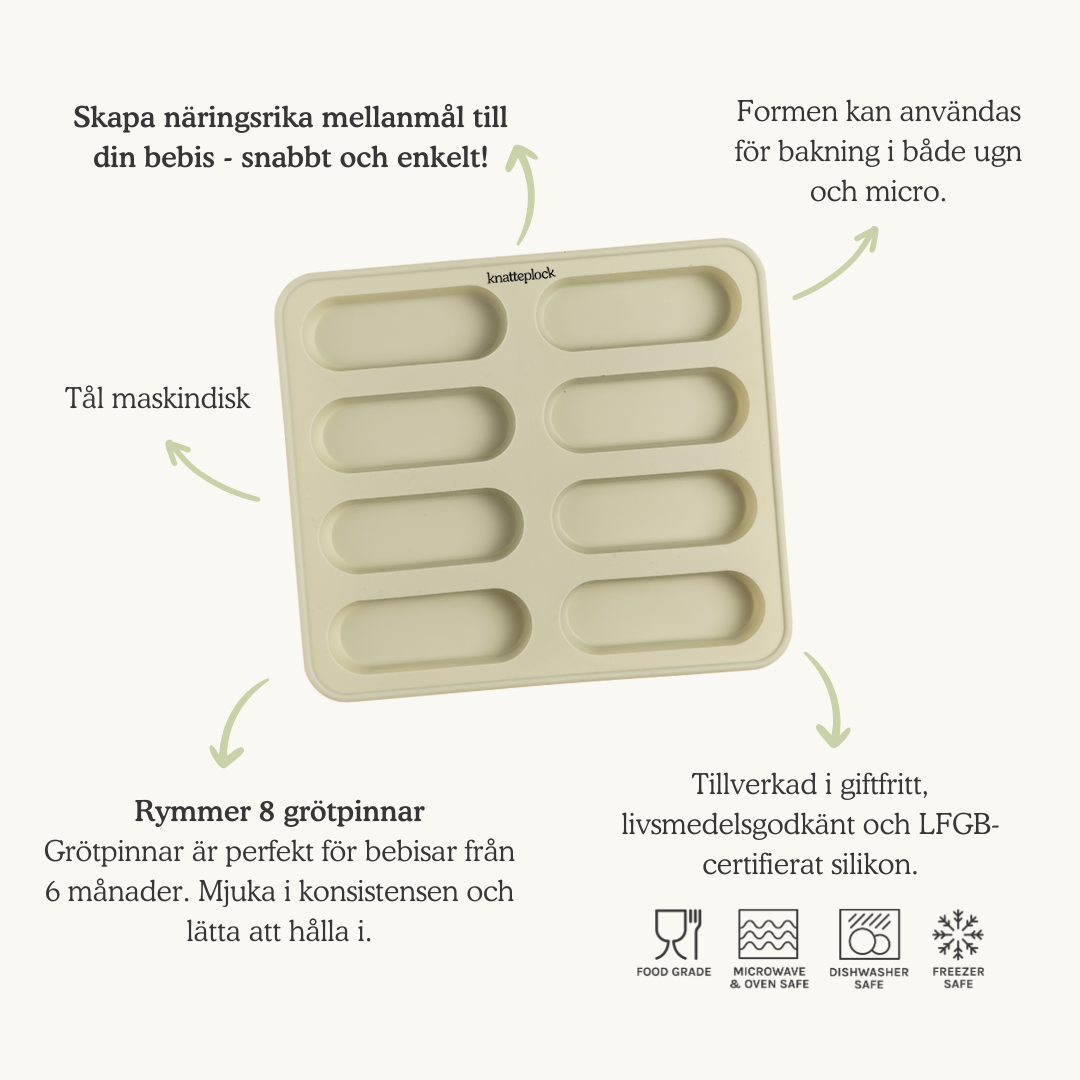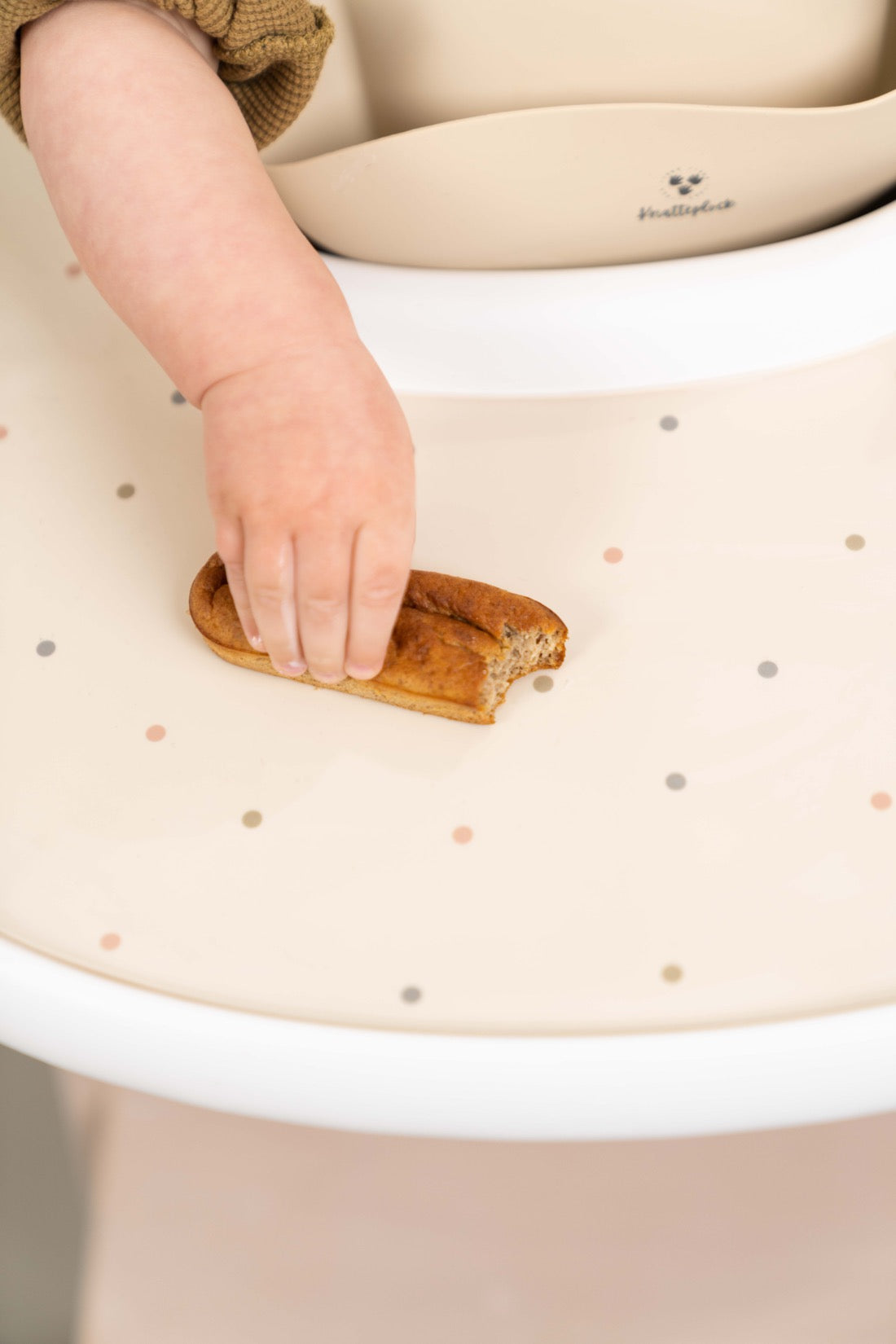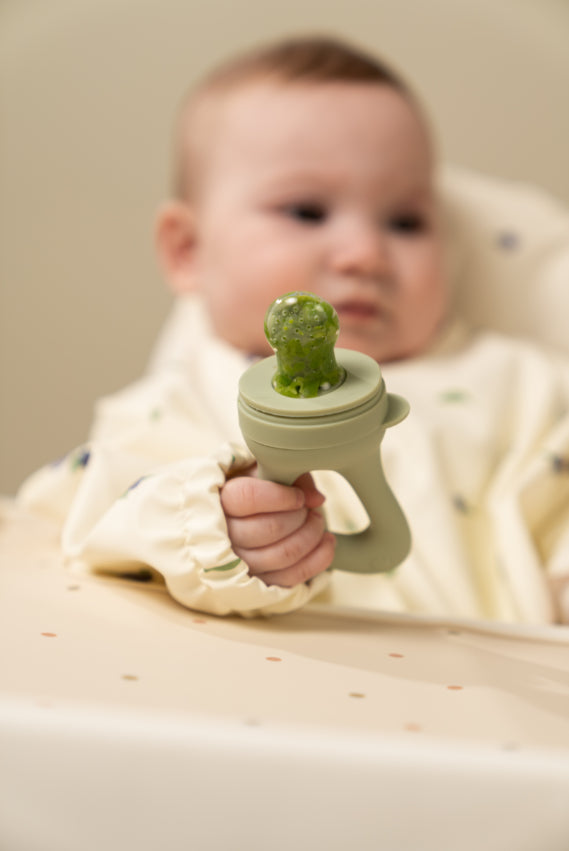Anna Sundin, pediatric allergist, answers questions about allergies in children. This post is created together with The allergy experts.

1. What is an allergen?
Allergens are actually proteins found in various foods. They are only an allergen if the child has an allergic reaction. For example, most children can drink milk without having an allergic reaction, and in these cases, milk is not an allergen.
2. When can you start introducing allergens? (age of the child)
Children come into contact with potential allergens immediately after birth. When it comes to food, there are recommendations to give small amounts of many different foods from around 4 months of age at the earliest, in the form of taste sensations. Studies have shown that it is important not to wait too long with the introduction because the opportunity to develop tolerance (tolerating different proteins) is greatest early in life.
3. Should one introduce one allergen at a time or how should one proceed practically?
Let your child test your food, for example by licking your finger of what you are eating in a taste sensation if it is before 6 months. If a suspected allergic reaction occurs immediately after the meal, you should contact your healthcare provider for assessment and investigation and a plan for continued introduction. In these cases, it may be appropriate to introduce one food at a time and serve this food again in small quantities and be aware of any reaction.
In the event of a severe allergic reaction (hives all over the body, cough, increased saliva, vomiting, respiratory problems, fatigue), parents should contact healthcare urgently for a medical assessment and a decision on whether to reintroduce the current foods.
4. How much of an allergen should you give the first time? For example, peanuts?
If you are concerned about an allergy to a specific food, you can start with very small amounts. Preferably peanut butter by licking a spoon. The next day, a slightly larger amount and gradually increase the amount.
If you specifically want to introduce peanuts, check that there are only peanuts in the product, i.e. no traces of other nuts.
5. Can a child have a severe reaction the first time they test an allergen? Or is it more likely to have a mild reaction the first time?
The child may have a severe reaction the first time they ingest the food. However, the immune system requires that the protein has been presented to the immune system cells at an earlier time, i.e. before allergic reactions develop.
The small child has then ingested the food in a small amount early in life without the parents being aware of it. The child has then become “sensitized”, i.e. developed a reaction with the production of antibodies in the blood. The fact that the child ingests the protein early is in most cases not a bad thing, since it means that the small child's immune system has encountered the protein and the child has thus had the opportunity to develop tolerance.
How to tell if your child is allergic
Look for these common symptoms:
Skin: redness, swelling most commonly around the mouth and face, itching, hives
The mouth: itching, increased saliva
The stomach: stomach pain, vomiting
The lungs: increased work of breathing, coughing, wheezing, severe asthma attack
General symptoms: anxiety, restless, fever, fatigue, calm, want to sleep
Severe allergic reaction/anaphylaxis: any allergic symptoms above as well as asthma attacks and/or drop in blood pressure, unconsciousness.
6. Is there a greater risk that the child will be allergic if the parents are?
Yes, there is a clear increased risk for the child to develop allergic symptoms if the parents have an allergic disease.
What the child inherits is a risk of allergic disease. So it is not as simple as the child getting the same symptoms and allergic diagnoses as the parents.
Example: A parent may have an allergic reaction during pollen season. The first child develops eczema, the second child has a severe allergic reaction with stomach pain and vomiting when consuming milk, while the third sibling has no allergy at all.
Want to know more? Follow @AllergyExperts on Instagram.



